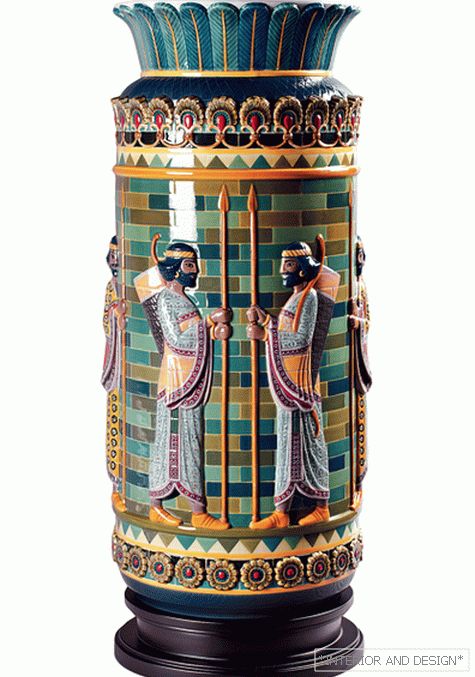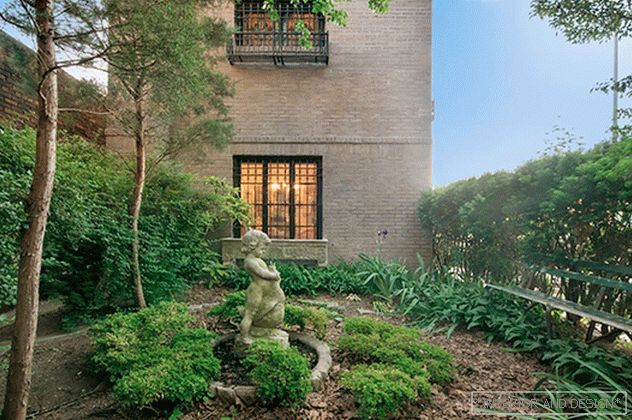The legendary Palazzo in Rome
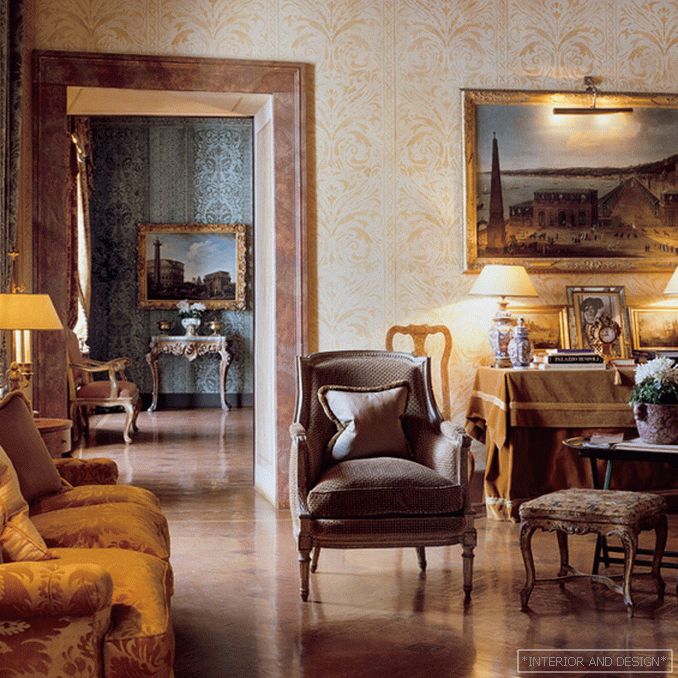
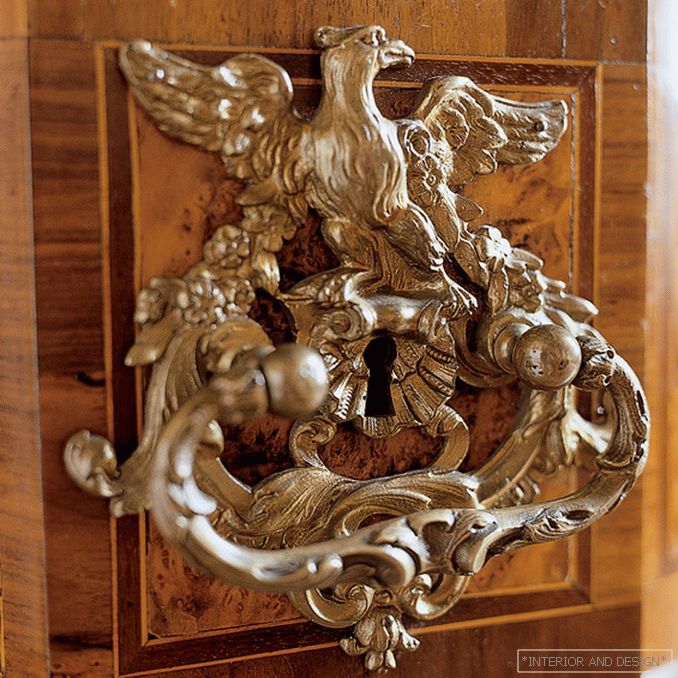
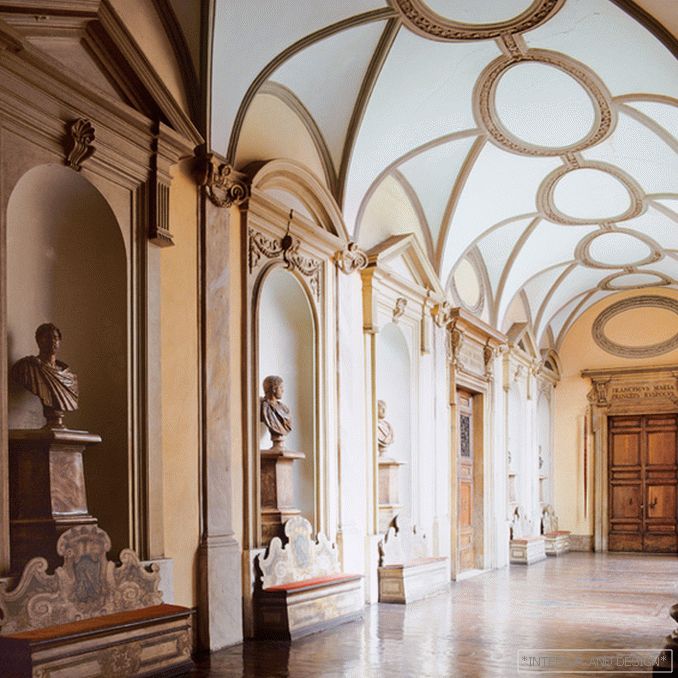
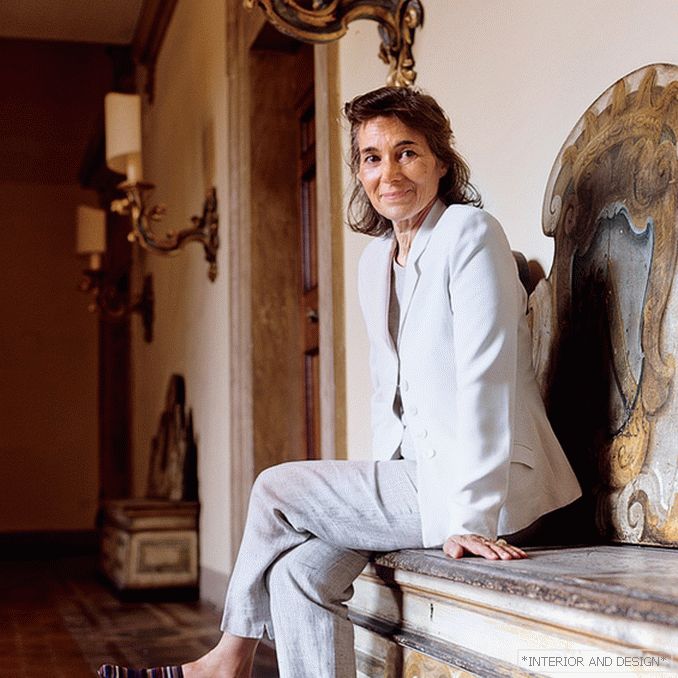
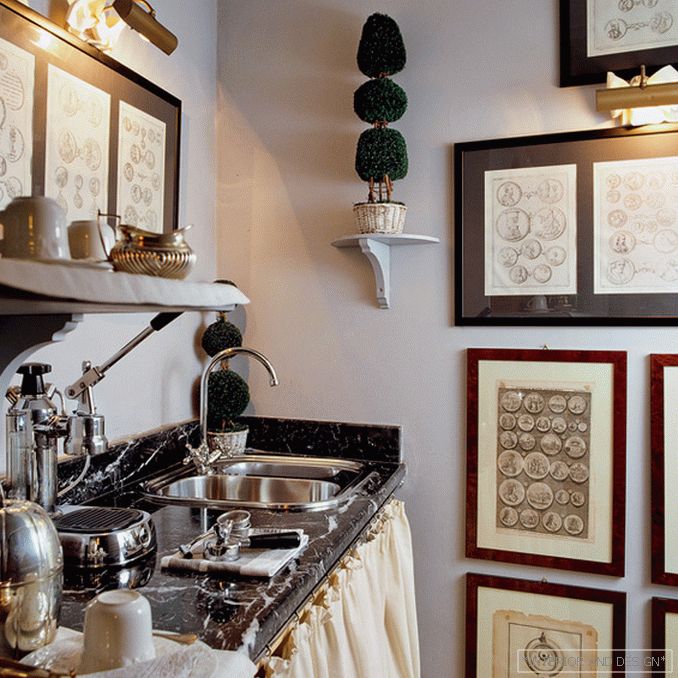

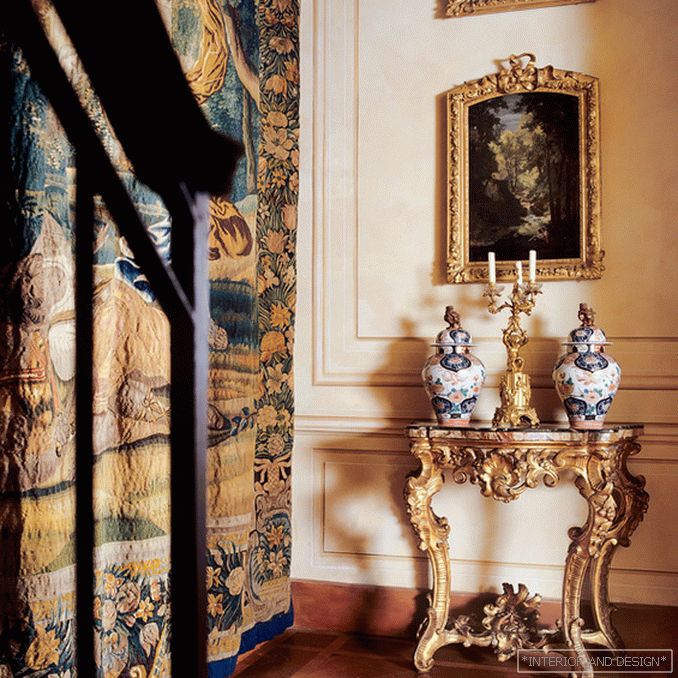
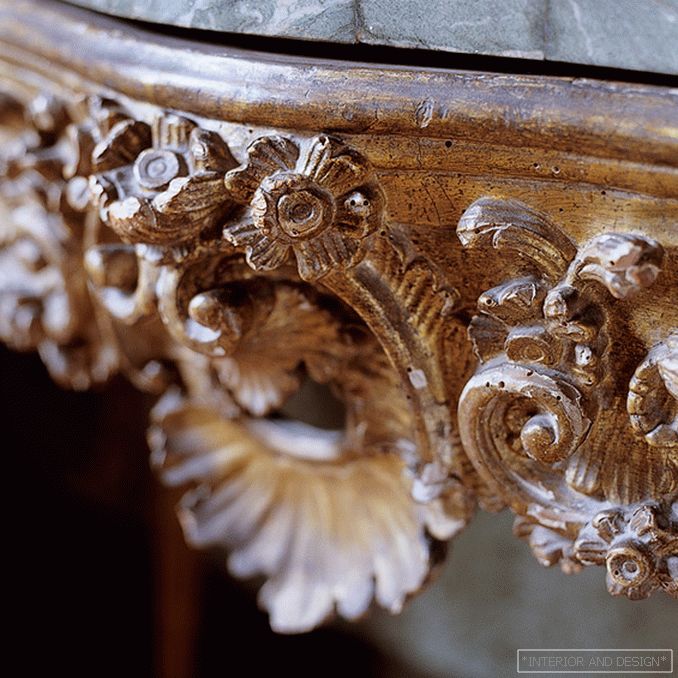
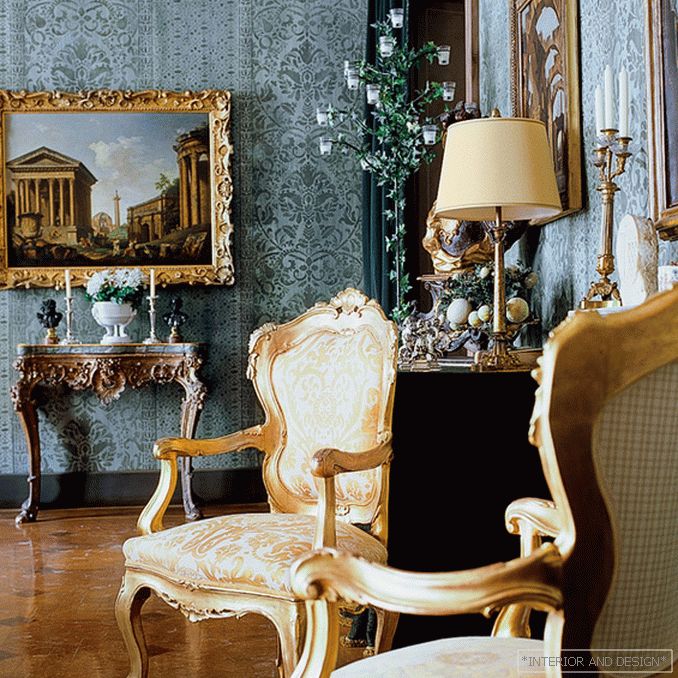
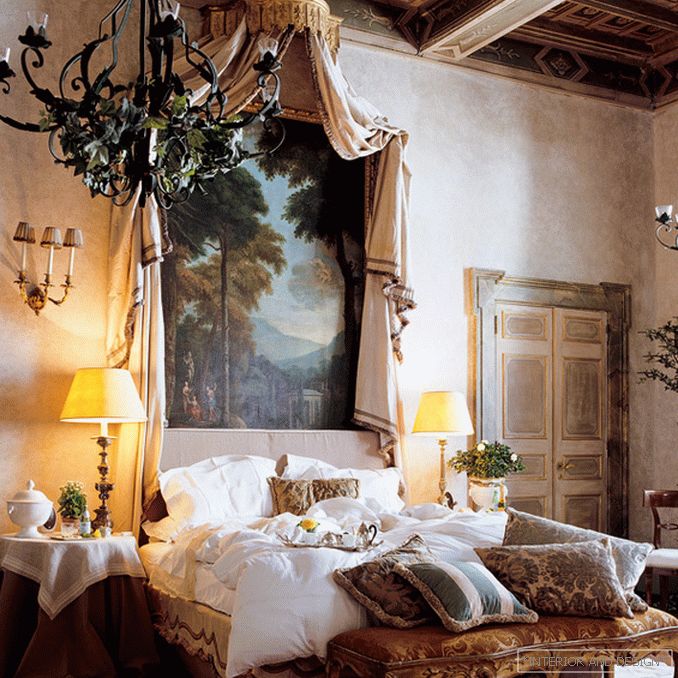
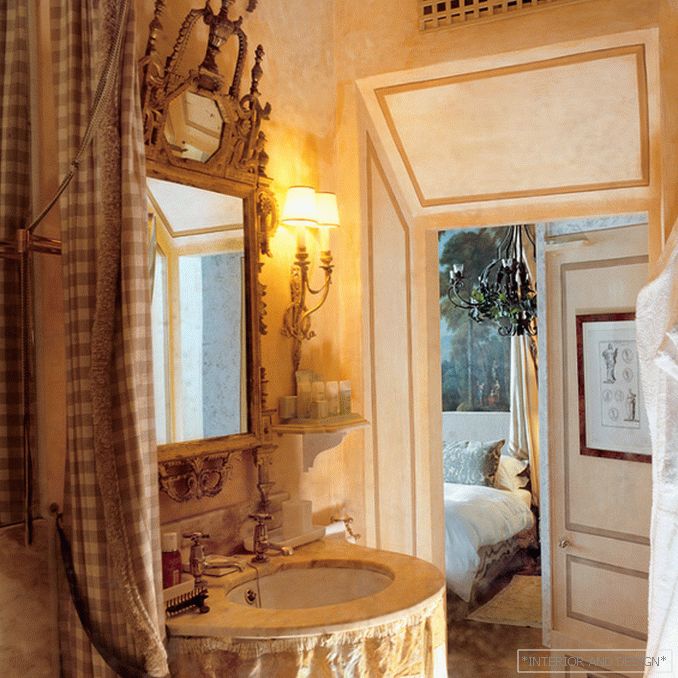 Passing the gallery
Passing the gallery A photo: Andreas Einsiedel, - © Eastnews
Leading headings: Marina Volkova
Magazine: (173) 2012
Began to build this palazzo (now - a recognized masterpiece of Roman architecture) in 1556. The customer was the famous Umbrian family Jacobilli. But soon, no less, and later a more well-known clan, Ruchellai bought the unfinished building from Jacobilli. Orazio Rucellai, a major banker who had just settled in Rome, did not spare money for the arrangement of a new house. He invited the architect Bartolomeo Ammanati, who had already become famous for his Florentine buildings, who offered him an ambitious project - a huge three-story building in Tuscan style with a loggia overlooking the street and a courtyard surrounded by galleries.
In the middle of the XVII century, the Palazzo was bought by the Caetani family. They commissioned architect Martino Longhi the Younger, who by that time had already built in Rome by Cardinal Mazarini’s order the beautiful Cathedral of Santi Vincenzo e Anastasio, to build a monumental marble staircase connecting the floors of the palazzo. Longhi coped so well with the task that his creation is still considered the most beautiful palace staircase in Rome. In the XVIII century Ruspoli bankers bought the mansion. All owners changed something in the architecture of the building, but the structure, as well as individual elements of the decor (for example, ceiling beams and massive entrance doors) were generally preserved.
The palace still belongs to the Ruspoli dynasty. The current hostess, Princess Leticia Ruspoli, has turned part of the apartment into a luxury hotel. The remaining premises are occupied by Memmo Cultural Foundation, which organizes exhibitions and various events. The princess herself designed the interiors of the apartments: for the central chambers, she chose a noble golden scale, for the lateral ones - an equally spectacular greenish-gray one. Rooms are furnished with antique furniture and decorated with works of art from the rich collection of Ruspoli. For example, Capriccio canvases, dating from the 18th century and representing fantasies on the theme of Roman landscapes. Or bucolic (rural) landscapes, written by Isaac de Musher at the end of the XVII century. On the floors are antique carpets of the XVI century. Even bedding - with the monogram of the famous owners of the mansion. This situation is intended for the elect: recently, the Spanish King Juan Carlos and the Prince of Wales visited Princess Laetitia.

